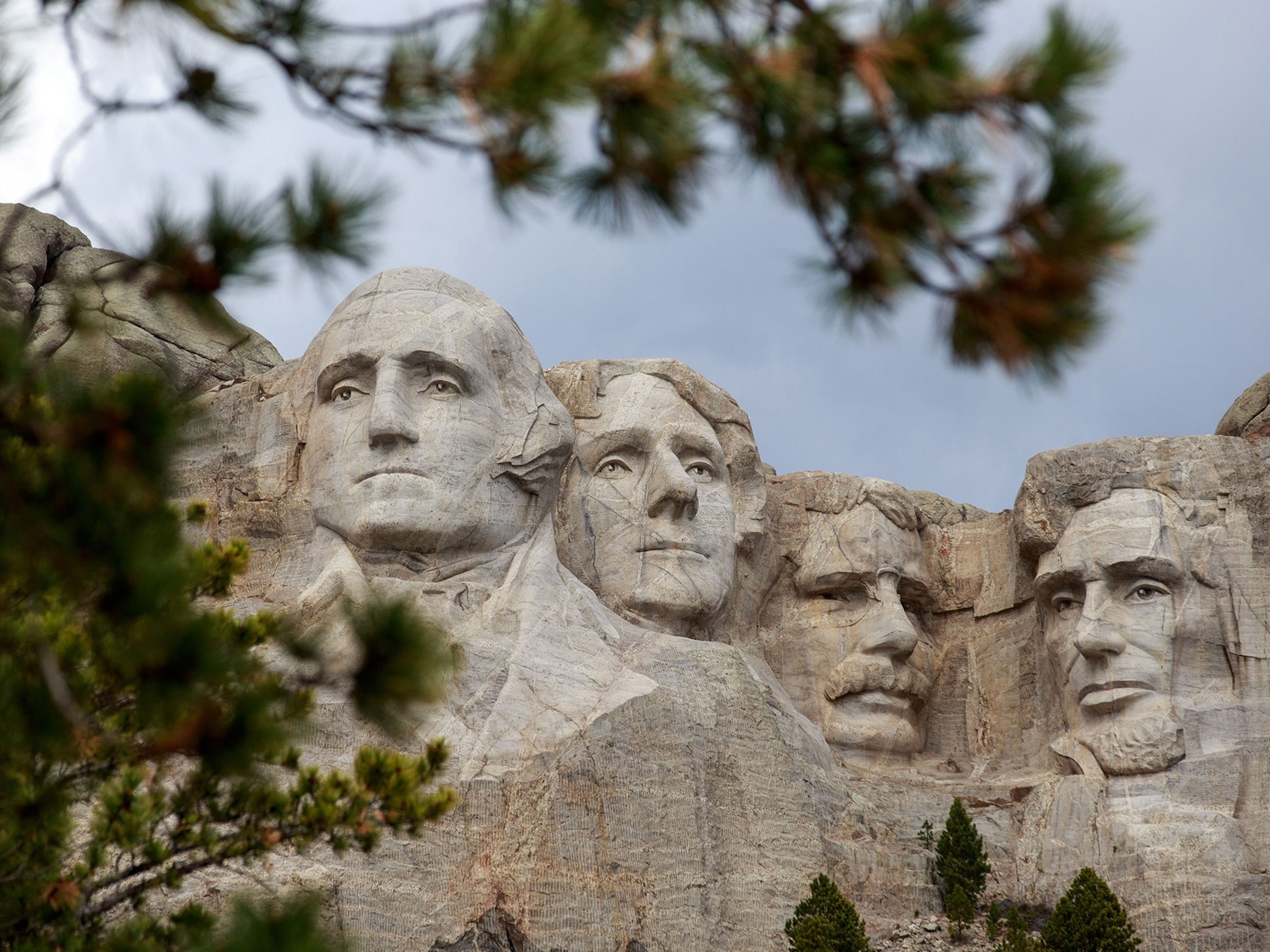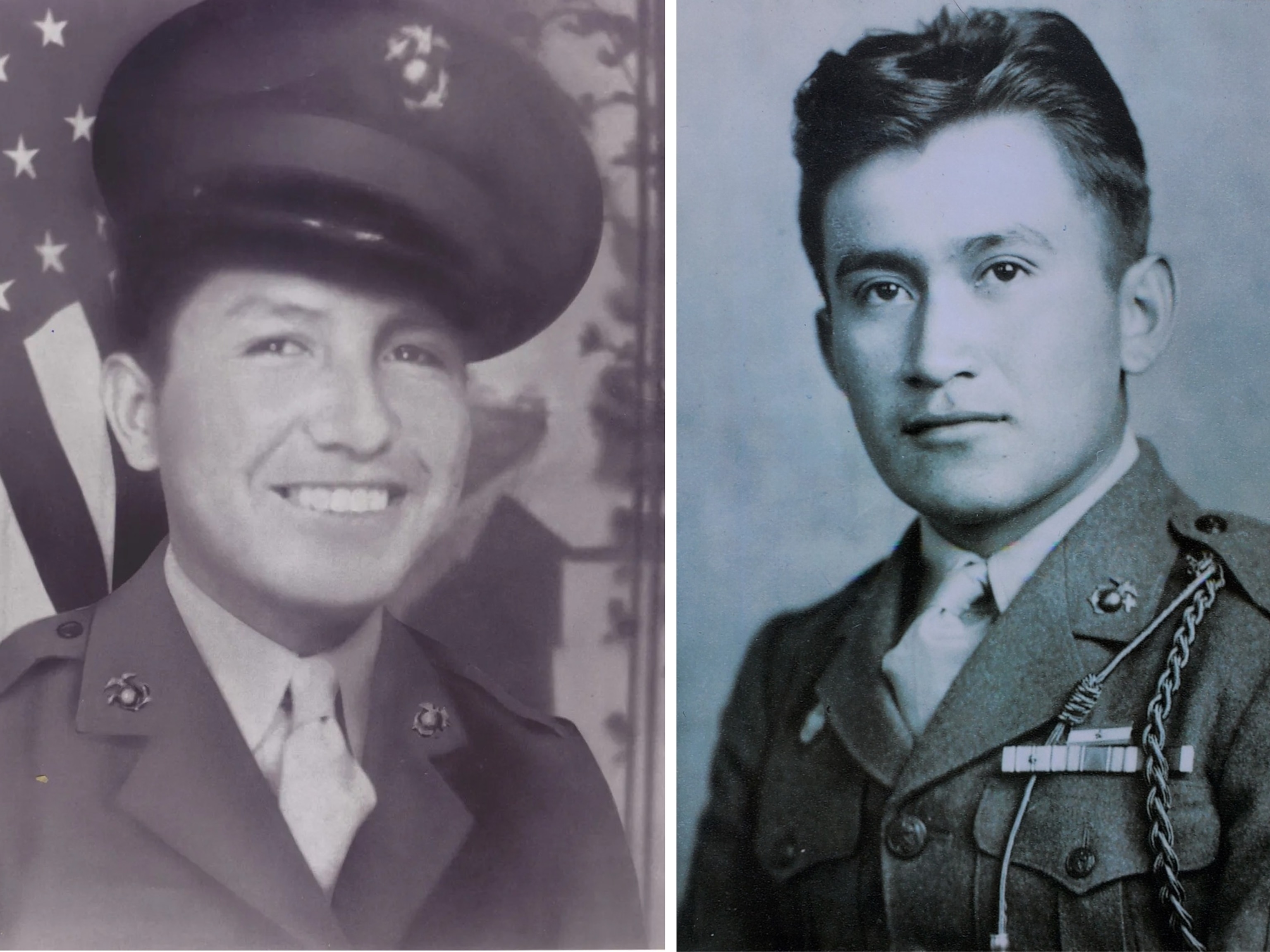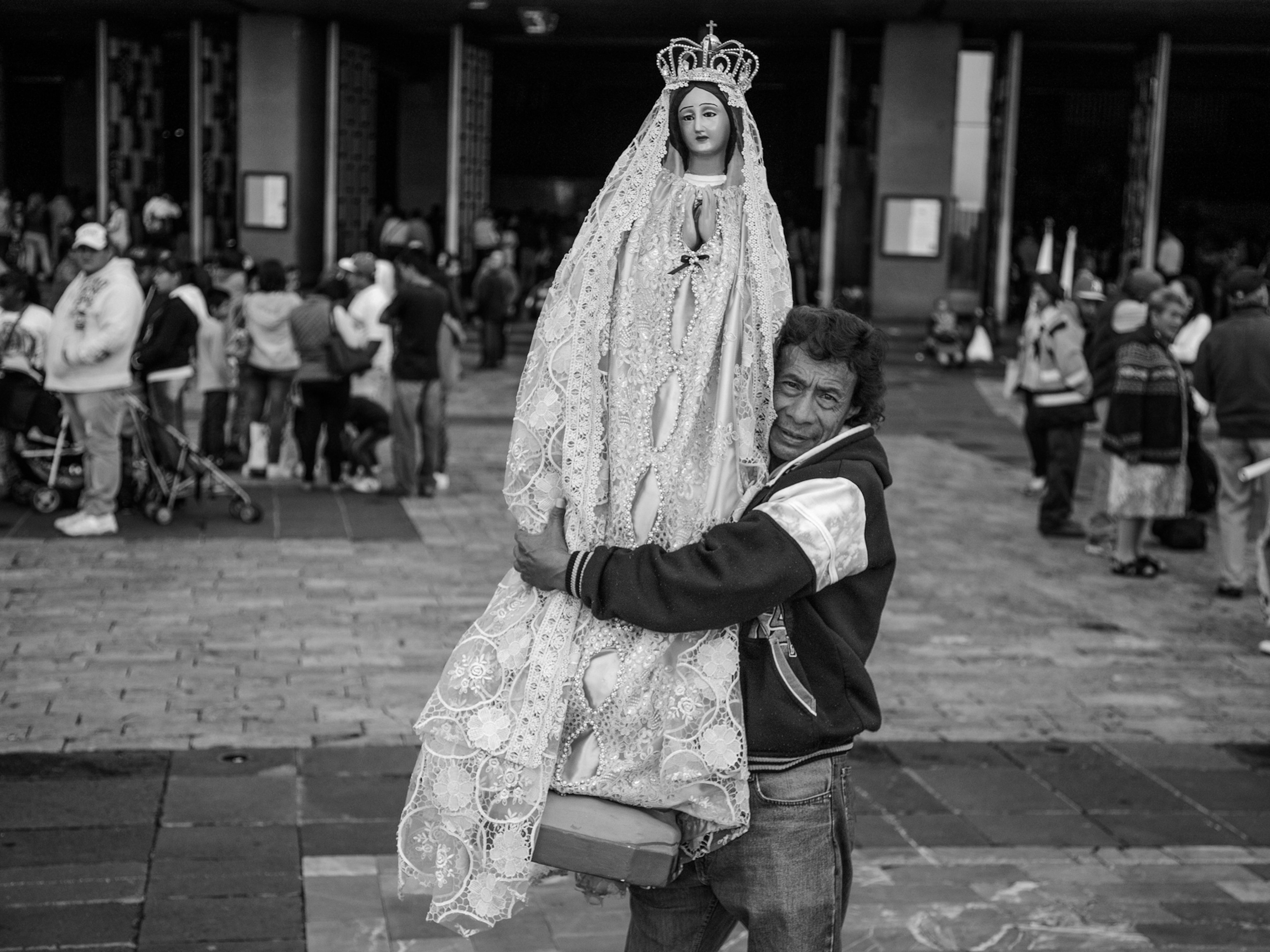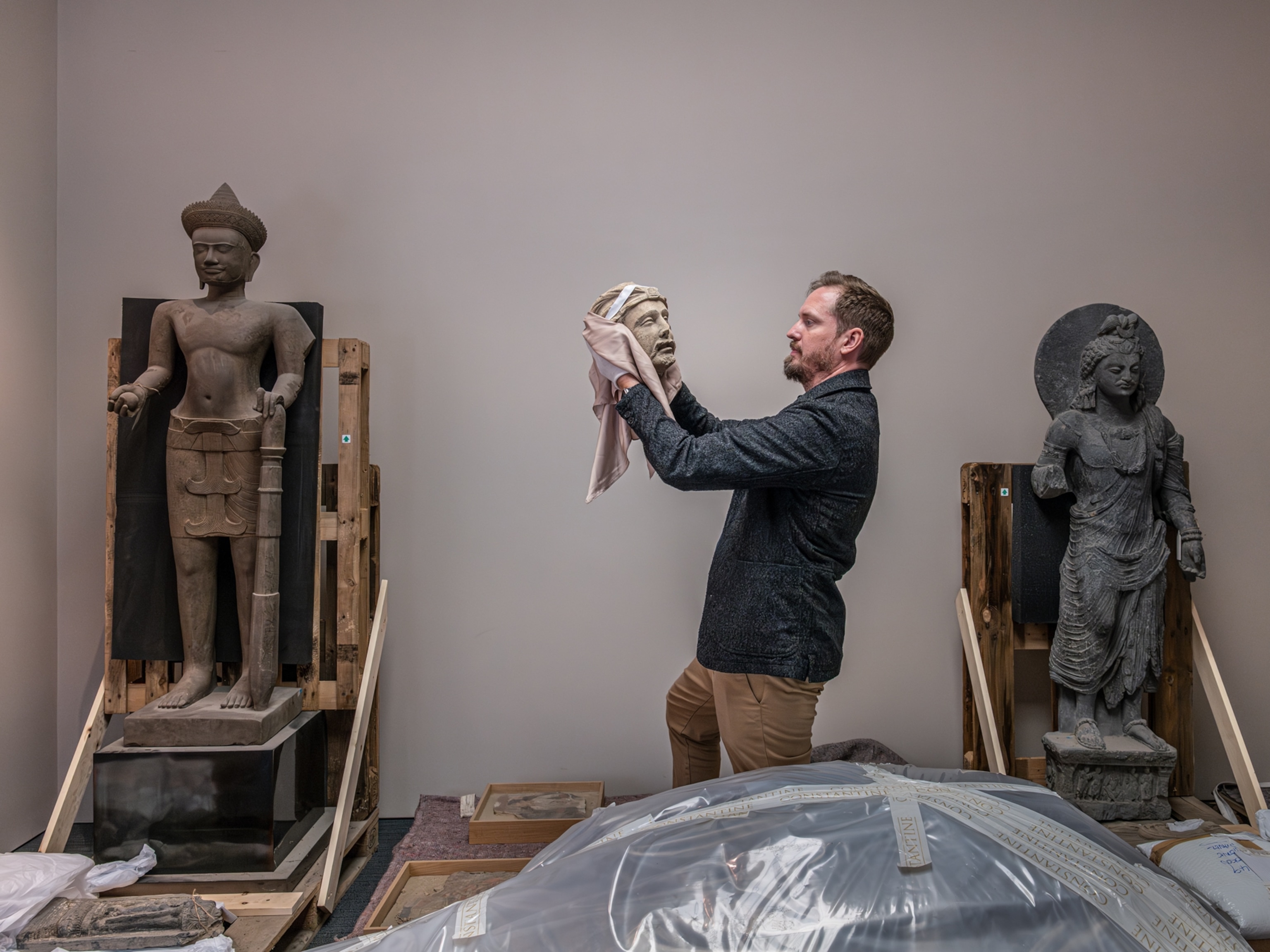
Native Americans to J.K. Rowling: We’re Not Magical
The author has come under fire for equating Navajo religious beliefs with the world of her fictional Harry Potter characters.
In Peter Pan, Tiger Lilly and her tribe are part of the magical landscape of Neverland. In Twilight, some Quileute people are born with the ability to turn into wolves (just ask anyone on “Team Jacob”). Now, in J.K. Rowling’s new digital story collection, History of Magic in North America, Navajo traditions are placed in the same fictional world as Harry Potter.
Rowling’s new collection equates “skin walkers”—a Navajo term for people who turn into animals—with Animagi, the type of witches and wizards who morph into animals in her Harry Potter series. These details were first revealed when Rowling released a promotional trailer this week; the entire story collection is now available online.
Immediately, many scholars and fans responded with criticism, just as people did three years ago when Johnny Depp played Tonto in The Lone Ranger, and in past instances when white writers and actors have employed stereotypes of Native Americans in storytelling.
The first issue, says Leanne Howe, a Choctaw Nation citizen and co-editor of Seeing Red—Hollywood's Pixeled Skins, is that Rowling attributes the tradition of skin walkers to all Native Americans of the pre-Columbian era, as though they were a monolithic group with one set of beliefs.
The second problem is that Native American traditions are equated with magic. This is part of a long history of white Americans and Europeans trivializing native beliefs. (Rowling’s publisher, Pottermore, told National Geographic that it has no comment on the controversy.)
“I would never, never use the term ‘magic’ in relation to native practices and belief,” Howe says. Native people “simply cannot be respected and given respect in the 21st century” when their history and traditions are trivialized.
Fantasy is an important part of children’s literature, but problems arise when a race of people is constantly portrayed as magical, and therefore fictional.
“We are … fighting everyday for the protection of our sacred sites from being destroyed,” scholar Adrienne Keene writes on her blog Native Appropriations. “If Indigenous spirituality becomes conflated with fantasy ‘magic’—how can we expect lawmakers and the public to be allies in the protection of these spaces?”
There is another, more subtle, layer to the depiction of Native Americans as magical, fictional beings—they end up being portrayed as though they don’t exist. Howe refers to this as “the trope of the vanishing Indian.”
“The vanishing American Indian is in art, it’s in stories—we’re the so-called Last of the Mohicans,” she says. “We exist in the minds of mainstream America as dead and forgotten because the white Americans won the American West.”
When native traditions are constantly depicted as relics, it gives the impression that those traditions—and the more than 5 million native people in the United States—don’t exist anymore. Think of the Native American characters you’ve encountered in books and movies. How many of them were portrayed as characters from the past, and how many of them were depicted as people in the modern world? (Modern characters that are also magical don’t count—I’m still looking at you, Twilight.)
On a more basic level, the stereotypes of the “vanishing Indian,” the magical medicine man, or even the noble savage dehumanize the people they profess to represent. Children read books to learn, but also to identify with the characters. For native children, this presents a problem if most of the images they see of themselves are otherworldly, long gone, or sports mascots.
“These stereotypes hurt us in terms of our human rights,” says Howe. “You cannot have civil rights, you can’t really have human rights or be thought of in a significant way, if you are invisible and you’re dead. So the trope of the vanishing American Indian is in a way undermining the humanity of native people because the assumption is we’re dead, or there’s just a few of us left.”
Follow Becky Little on Twitter.





